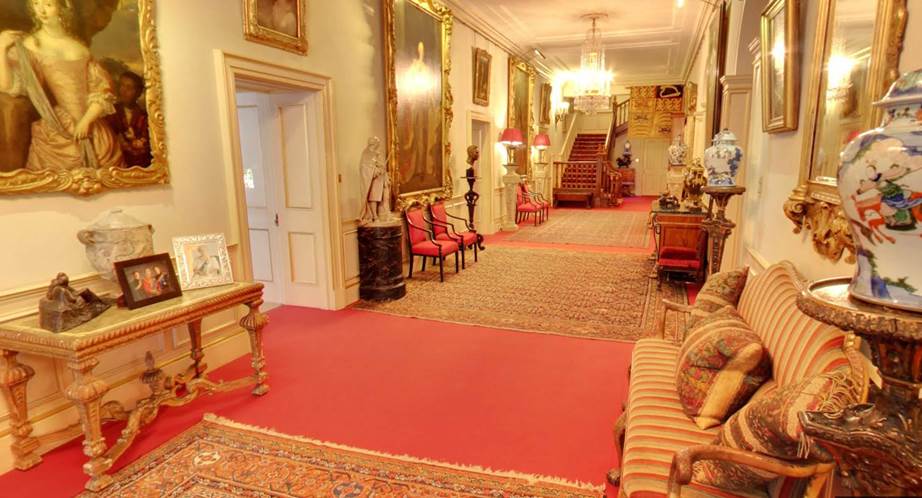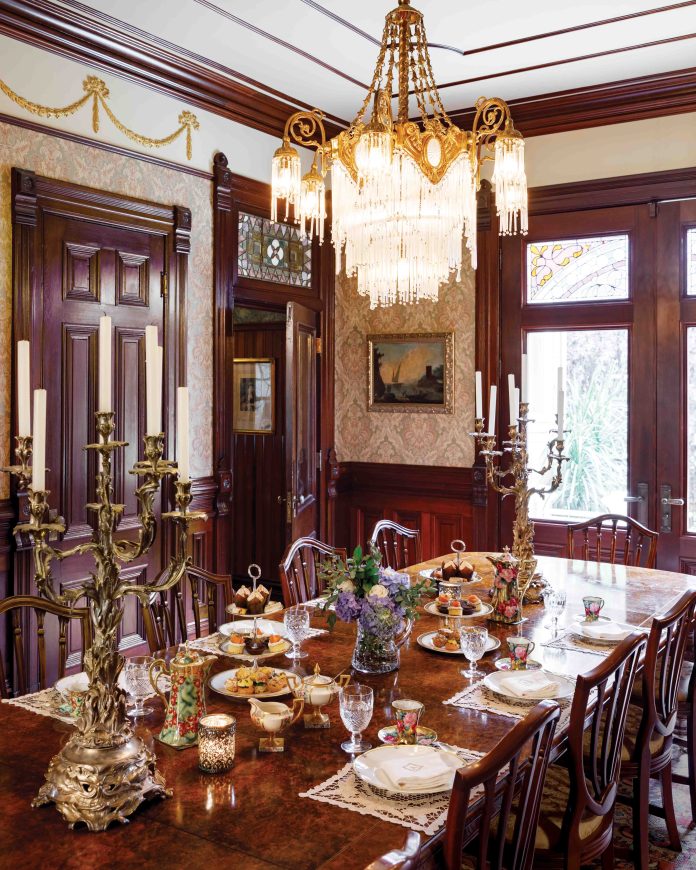From The Blade of Perseus:
ShareYet, there will not even be a futile, last-minute progressive attempt at correction. Leftist ideologues never backtrack from their long-march agendas. Instead, as religious nihilists they would rather be purist in their destructive policies that alienate the voters—rather than win them over as apostates by moderating their views. However, do not even expect the Left to brag on their “successes.” For example:
- “We gave you a wonderful, welcoming open border and 3 million new Americans!”
- “We worked to get gas up to $5 a gallon in a way Barack Obama only dreamed!”
- “We finally have fewer felons in jail and prisons than ever before!”
- “We ended the war in Afghanistan and on our terms!”
- “We really spread the wealth with an 8 percent plus annual inflation rate!”
Instead, they will fall silent on the very policies they enacted on their age-old principle that the opiated masses never know what is good for them. Given these realities, expect the Republicans to end up with a near historical majority in the House and firm control of the Senate. What then should we expect after the midterms?
Again, we will be told that democracy is now in its final stages. Voter “suppression” was rampant, even as turnout hit near record levels. When those leftist talking points don’t convince voters, pundits will lament the stupidity of the American people, the malevolent MAGA surge, the racist nature of the country—any excuse other than the new Democratic Party is the domain of the hyper-rich, the bicoastal white professional elites, the subsidized poor, and affluent and privileged minorities. And it is increasingly despised by the white working class, by nearly half of the Hispanic population, by more and more independents, and by a growing minority of African American males.
Why? Because on issues that count, the Left insults middle-class critics as it destroys them, pushing green, inflationary, open-borders, racially obsessed, and elitist agendas without voter support. In pathetic attempts to distract the electorate to support policies contrary to their interests, it grows hysterical in demanding late-term abortion, mainstreaming transgenderism in all its drag manifestations, and racialist indoctrination, insulting all who demur as bigots and racists.
Democrats Fear Republicans Might Do What They Would Do
But there are other reasons the Left will become livid and terrified when they lose the Congress. They fear not what Republican majorities may actually do, but what they would do if they were Republicans and suddenly gained the Congress after being smeared by the party in power. That is, the Democrats fear that the Republicans might remember what the Left did while in legislative control and would see that as the new model for an incoming majority. Consequently, will a Republican Senate simply refuse to confirm Biden’s ultra-left appointments and judges, on the theory they will inevitably do the damage of a Merrick Garland or Alejandro Mayorkas or prove sanctimonious nincompoops like a Pete Buttigieg or Xavier Becerra? Will the Republicans subpoena an array of left-wing activists and Democratic functionaries? Will jail sentences await any who retry the Eric Holder gambit of congressional defiance? Will they adopt the January 6 committee protocols? (Read more.)







_-_The_Day_of_the_Dead_(1859).jpg)























